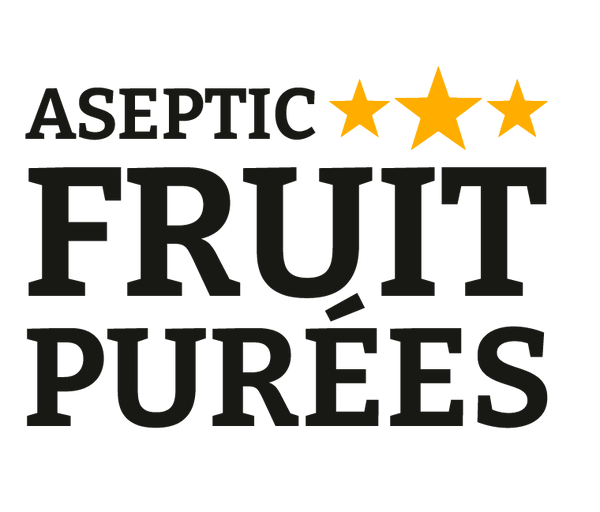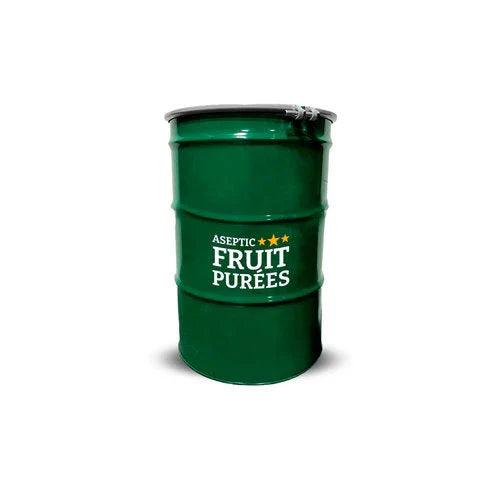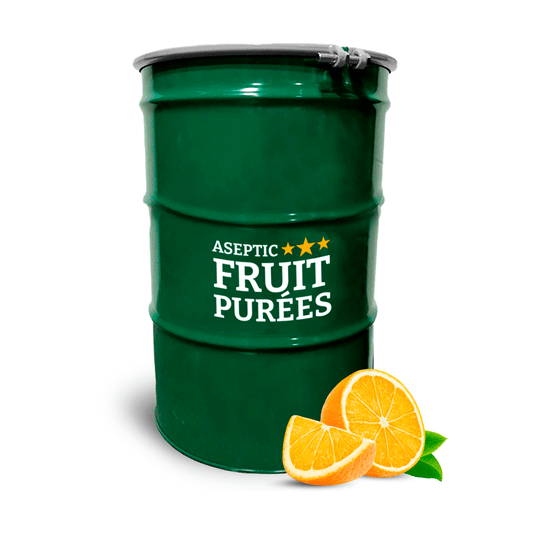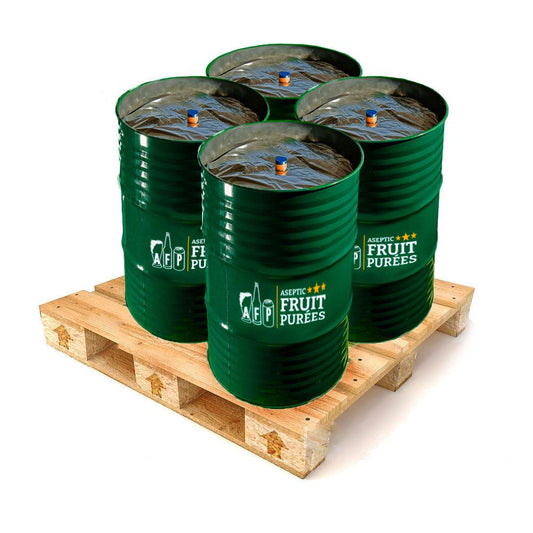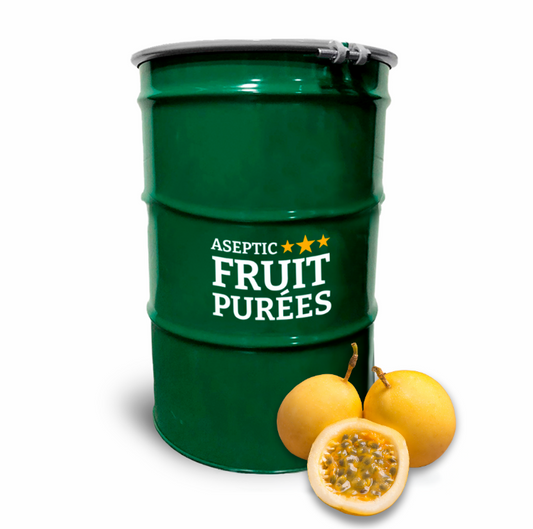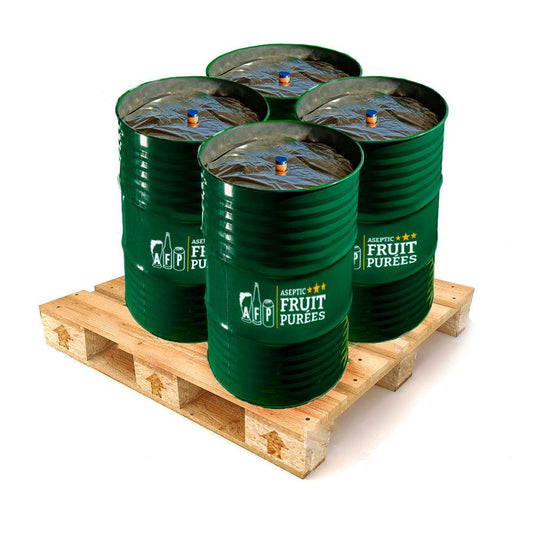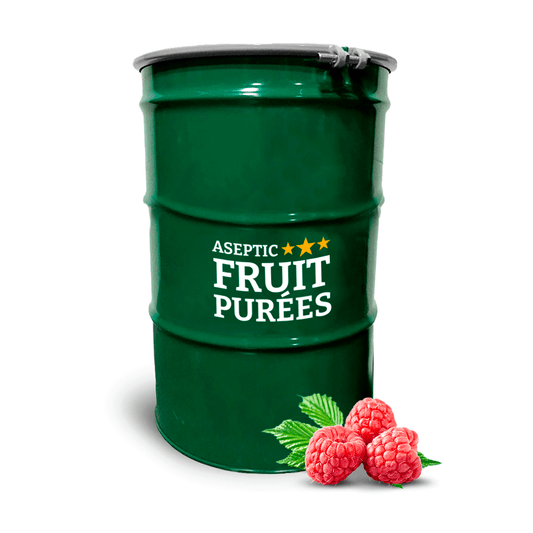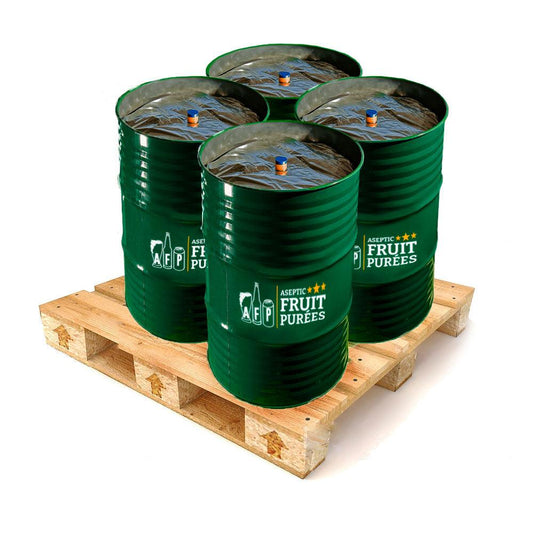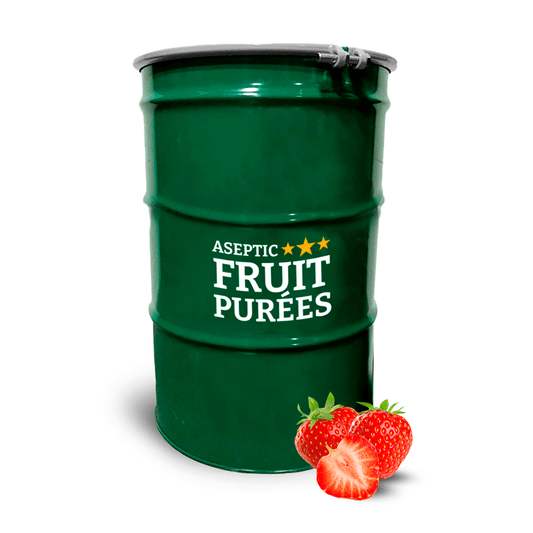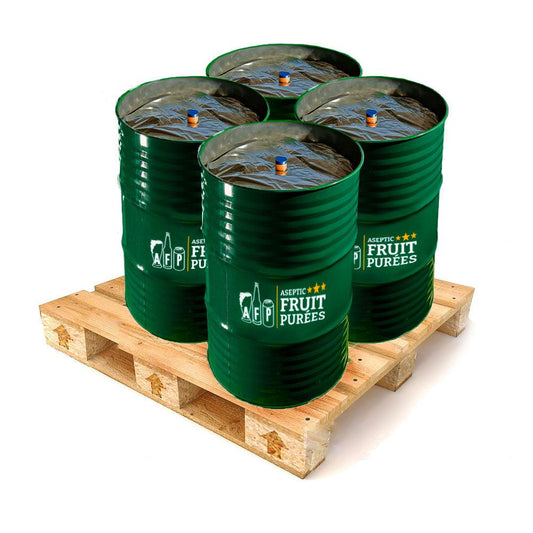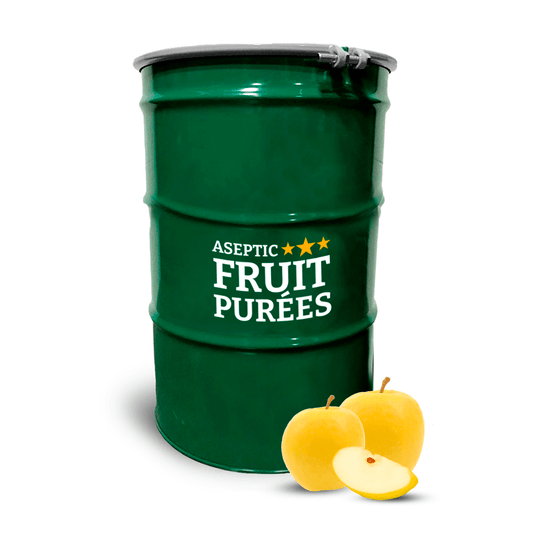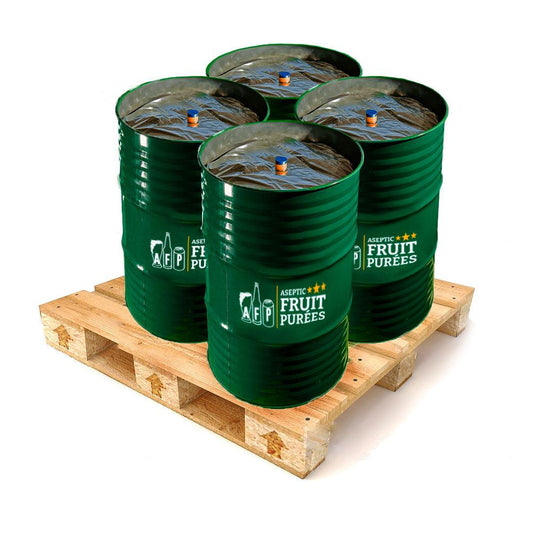When you think about Fall there are many things that might come to mind; apple orchards, corn mazes, or those popular members of the squash family. There are many things people associate with Fall, but there is one thing that most people can agree on - the enjoyment of that perfect Fall beverage.
Season’s Drinking
For a lot of folks out there, beer is the go-to, although in recent years we have seen a large surge in seltzer consumption. Perhaps the Fall weather will bring folks back to the fermented beverages typically enjoyed at this time of year? For consumers looking to enjoy a more traditional beverage in addition to beer, cider and mead seem like ideal beverages while the Fall foliage starts to ignite into its signature color palette. So, with this in mind, let’s discuss how thoughtful examples of all these beverages can be achieved with addition of fruit. Even if it’s just putting a new spin on a classic style you already planned on making – your consumers are probably looking to imbibe in a variety of beverages with the hopes of discovering their perfect Fall beverage. Most of your more inquisitive fans will appreciate drinking a fruited version right next to the original.
Seasons Change but Beer Remains the Constant
Let us start with the king. Beer is the most popular alcoholic beverage in the world. Styles like ambers, brown ales, Octoberfest or Marzen, all the way up to the mighty imperial stout are all reminiscent of Fall. However, thinking outside of the box and evolving these traditional models has the capacity to yield some very interesting results. Many brewers are using fruit puree to put a clever spin on some of these classic beer styles. (I am not advocating a fruited Octoberfest here; some things are sacred.) But think about a brown ale… but with blueberry. The nuttiness of the malt paired with the sweetness of blueberries would play very well together. Imagine that flavor – that aroma - would be akin to light roast coffee.
Imperial stouts are often “treated” with all kinds of adjuncts. It is one of the most diverse sub- categories in craft beer today. People have put just about everything you can imagine in treated imperial stouts, which have been dubbed “pastry stouts.” These are usually high alcohol by volume with fruit, spices, peppers and everything in between. Imperial stouts are also known to be sweet and indulgent. Still, there is something about a raspberry stout that is an instant classic and likely always will. But certainly, there is room for something more pushing willing and able to push the envelope of innovation?
Cider is The Reason for The Season
Hard ciders go hand-in-hand with the Fall drinking season. While the majority are made year-round this style is gaining popularity at a rapid pace (especially among those with gluten allergies). With orchards prime for the picking, there are a bushel of reasons to specifically enjoy hard ciders this time of year.
Whether you are making clean or funky cider (using Brettanomyces) there are examples of cidermakers using fruit to add some complexity to their hard cider also giving them a broad range of flavors to showcase. Using fruit of almost any kind would lend itself well to a cider, some of course more popular than others but this is where imagination and determination are ripe for the picking. Large production facilities are doing this with “natural flavors,” and are seeing success amongst its thirsty fans. Imagine a craft cider that features REAL FRUIT. How special would it be to bring a unique taste of Fall to your customers that helped bring them back all year long?
Mead is What You Mean
Lately, there has also been an increased popularity in mead in the last several years. Some of the same beer nerds that were standing in line at every “rare” release, and had every “whale,” are now seeking out a new mead fix. For the uninitiated, mead makers have been using all kinds of adjuncts in mead production. Some of those include using fruit as a source of sugar in addition to honey called Melomel. Mead can be sweet, but it’s not universal to this ‘new kid’ on the block. Through the utilization of blending, mead makers, like other alcohol producers can control the final product. Mead is somewhat similar to wine (almost any fruit can get in on the game) and based on process and alcohol level these two are often treated the same way legally in some states.
Mix it Together and What Do You Get
Fruit is versatile in the spirit world – and that’s where things start to get interesting. There are already several commercial examples of “hybrid” or styles. Craft beverage makers are blending beer and cider as well. Take a minute and think about blending a spiced stout with some hard cider. It sounds like liquid apple pie bliss. Mead makers are blending highly alcoholic mead with low alcohol beer. Many of these cross-over styles incorporate fruit. It sounds like a great premise for a collaboration between a brewery and a mead maker. Braggots are meads made with malt of any kind, not necessarily beer, but are in most cases. A product of all of this experimentation and innovation craft beverage makers are coming up with more ways to branch out and offer something to all consumers that is special (Fall or not).
It’s fair to say Fall is a fantastic season to spend outdoors with your favorite craft beverage. Whether you are sitting around the campfire, hiking in the outdoors, or visiting an apple orchard there is always a great drink at the end (or perhaps during the journey). While beer may be king, and imperial stouts with fruit reigns supreme, cider screams Fall. It’s true, almost any style can be customized to adapt to the season and push the boundaries beyond Fall.
with more than 15 years of experience in the
craft beer industry. nick_burgoyne@yahoo.com
